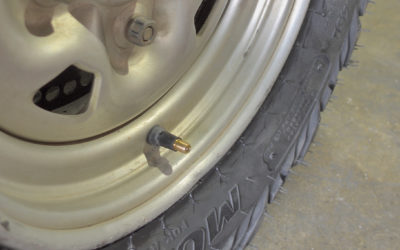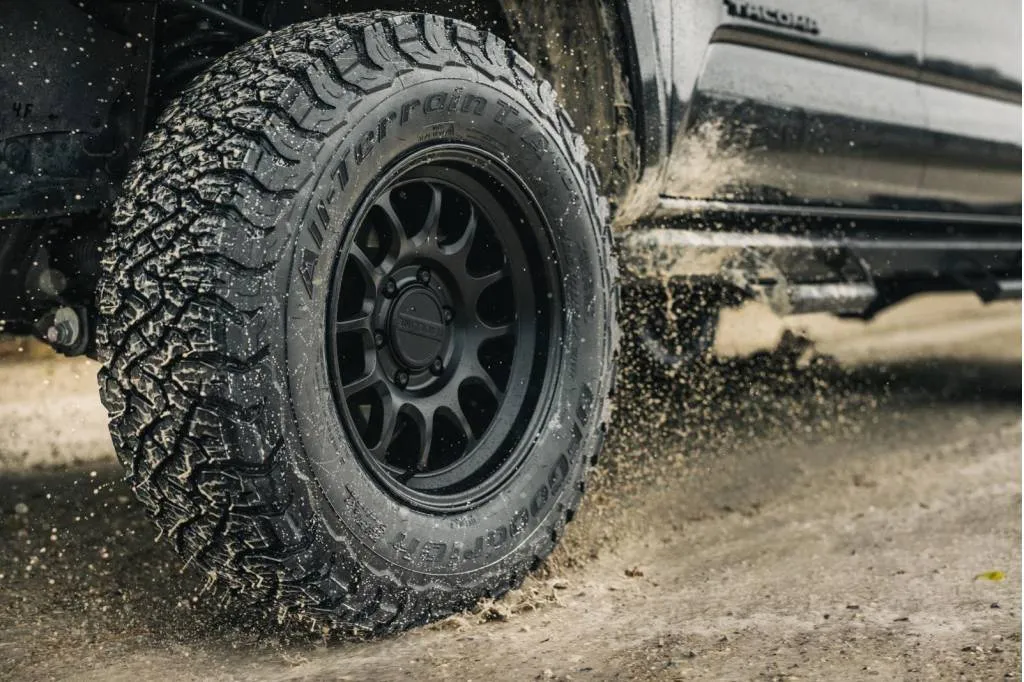In the ever-evolving world of automotive technology, the debate between pneumatic and airless tires continues to spark interest. While airless tires have emerged as an innovative alternative, pneumatic tires—those classic, air-filled marvels—still...
Technical
Exploring Valve Stems in the Automotive Industry: Rubber, Aluminum, and Brass
Valve stems are essential components in automotive wheels, responsible for maintaining proper tire inflation and ensuring safety on the road. While their basic function remains the same across different materials, the choice between rubber,...
Choosing the Right Tire for Your Vehicle: A Guide to Matching Correctly
Selecting the right tires for your vehicle is not just about aesthetics; it's a critical decision that affects safety, performance, and overall driving experience. Whether you're replacing worn-out tires or upgrading for specific driving...
Exploring Off-Road Tire Types: Choosing the Right Tread for Your Adventure
Off-road driving enthusiasts understand the critical role tires play in conquering rugged terrains. Whether you're navigating muddy trails, rocky paths, or sandy dunes, the type of off-road tire you choose can significantly impact performance,...
Driver Impairment Due to Vehicle Vibrations
Vehicle vibrations can significantly impair drivers through various mechanisms, impacting both physiological and psychological aspects. Here are some scientific insights into how these vibrations affect drivers: 1. Musculoskeletal Discomfort and...
The Importance of Balancing Motorcycle Tires
Balancing motorcycle tires is a crucial aspect of maintenance that directly impacts your riding experience, safety, and overall performance. One of the best methods for balancing motorcycle tires is using balancing beads, which offer several...







